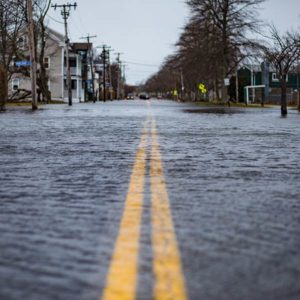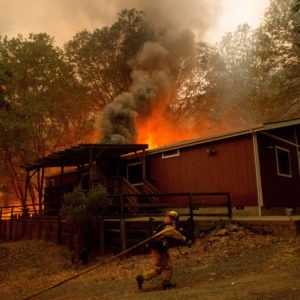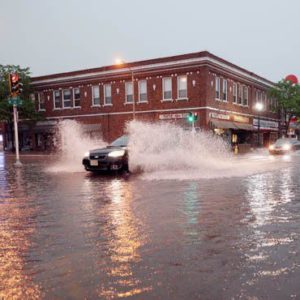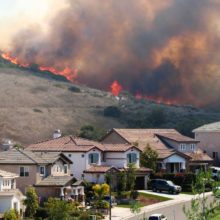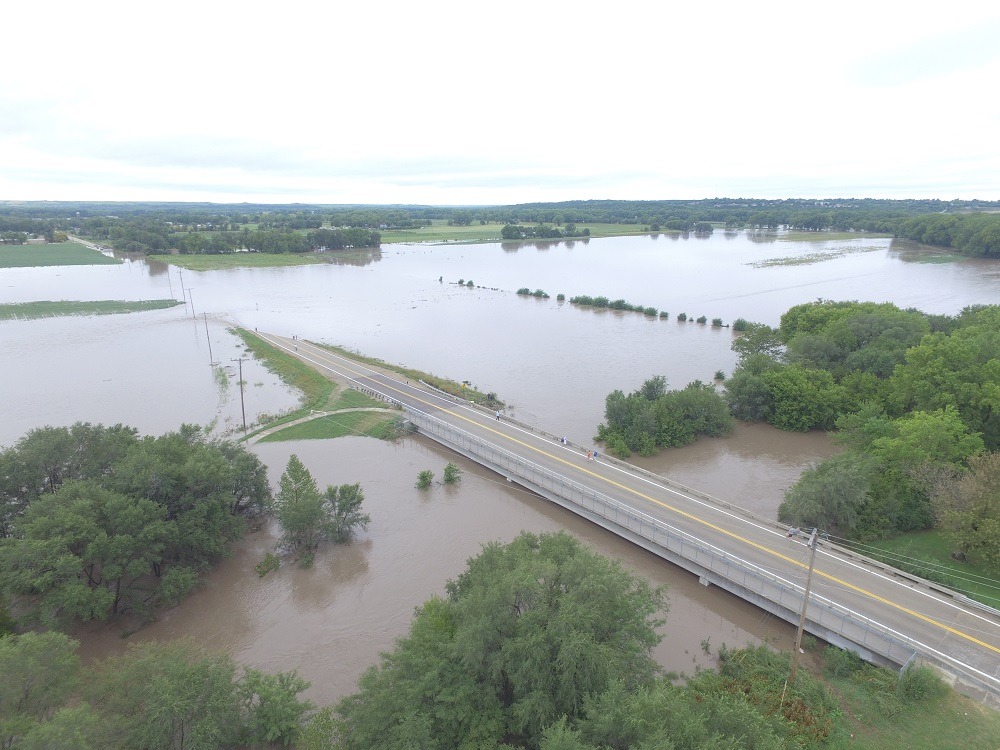
Mountain, Midwest, and Gulf States Fail to Secure FEMA Resilience Funding
Rural and lower capacity communities failed to successfully compete for FEMA Building Resilient Infrastructure and Communities (BRIC) funding in FY 2020.
Almost all (94%) of FEMA Building Resilient Infrastructure and Communities (BRIC) funding will likely go to East Coast states (an estimated $272.9 million) and Pacific Coast states ($198.5 million). Midwestern states are only slated to receive $22.4 million, followed by $4.9 million for Mountain West states, and $3.2 million for Gulf states. The awards are not yet final. Applicants must meet final requirements before funds are distributed.
State distributions of FEMA BRIC funds, FY 2020
California is likely to receive the highest amount of BRIC funding. California requested $369.5 million in federal funds, and proposals totaling $121.3 million were selected for further review (representing 24% of BRIC’s total budget for FY2020). One of the projects selected was a wildland- and neighborhood-scale wildfire mitigation project in Sonoma, California, which will receive $37 million in BRIC funds when awarded.
Other states that stand to benefit the most from BRIC include $89.5 million to New Jersey (18% of BRIC’s budget), followed by $71.5 million to Washington (14% of BRIC’s budget), and $44.4 million to Washington, D.C. (9% of BRIC’s budget).
Subscribe to our newsletter!
Regional distributions of FEMA BRIC funds, FY 2020
Texas, Virginia, Montana, and Florida had the least successful applications as measured by the amount requested versus the amount selected.
States with the lowest application success for FY 2020 BRIC funding
| State | BRIC Funds Requested | Selected for Further Review | Percent Selected |
|---|---|---|---|
| Texas | $322,288,011 | $643,570 | 0.20% |
| Virginia | $220,328,261 | $677,466 | 0.31% |
| Montana | $59,383,371 | $242,742 | 0.41% |
| Florida | $145,241,161 | $702,168 | 0.48% |
| Louisiana | $119,339,602 | $634,950 | 0.53% |
| Hawaii | $117,425,894 | $680,000 | 0.58% |
| Illinois | $115,683,800 | $680,000 | 0.59% |
| Tennessee | $57,455,487 | $340,000 | 0.59% |
| Connecticut | $104,406,012 | $632,643 | 0.61% |
| Colorado | $102,565,827 | $716,992 | 0.70% |
FEMA launched the BRIC program to fund mitigation and resilience projects to reduce risks before a disaster occurs. In total, FEMA received 991 BRIC applications requesting more than $3.3 billion in federal funding. For this funding cycle FEMA had $500 million available. The funding gap meant that only 406 applications were selected for further review. Official funding awards will be made in September 2021.
Given the geographic breakdown of projects that were selected for further review, it is clear that BRIC funding is largely benefiting the coastal regions, as well as metropolitan and higher-capacity communities. Previous research has shown that FEMA’s disaster recovery aid is failing to reach those who need it the most.
Capacity, including access to engineers and grant writers, continues to be a barrier for many communities. Of the $123.2 million requested by small and impoverished communities, $35.7 million was selected (29% of funds requested). Despite FEMA’s efforts to prioritize small and impoverished communities, they largely failed to qualify for funding.
As FEMA increasingly focuses on the critical work of funding mitigation and resilience projects, new metrics and technical assistance are needed to help rural and lower-capacity communities with significant disaster risk access federal resources.




